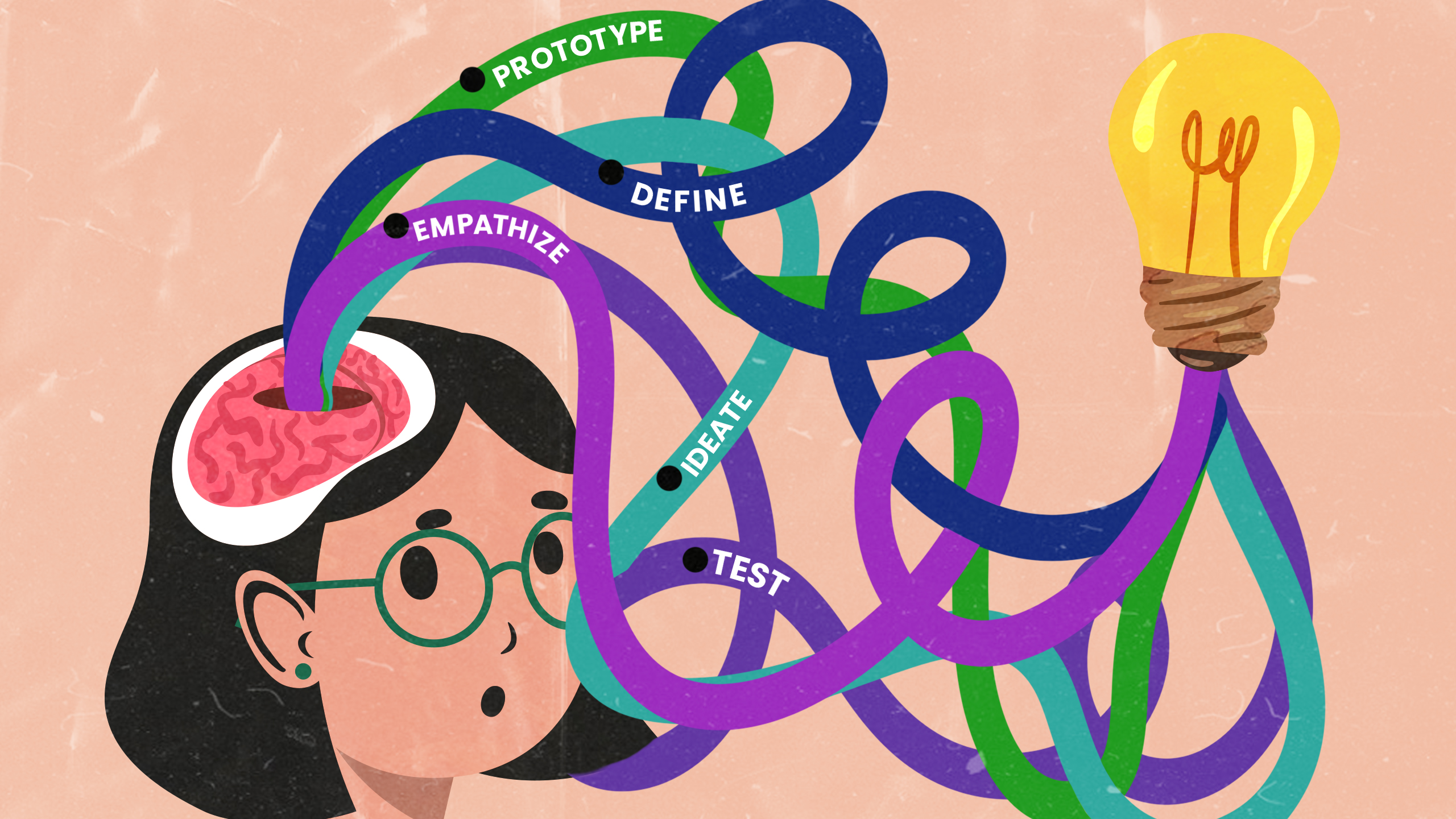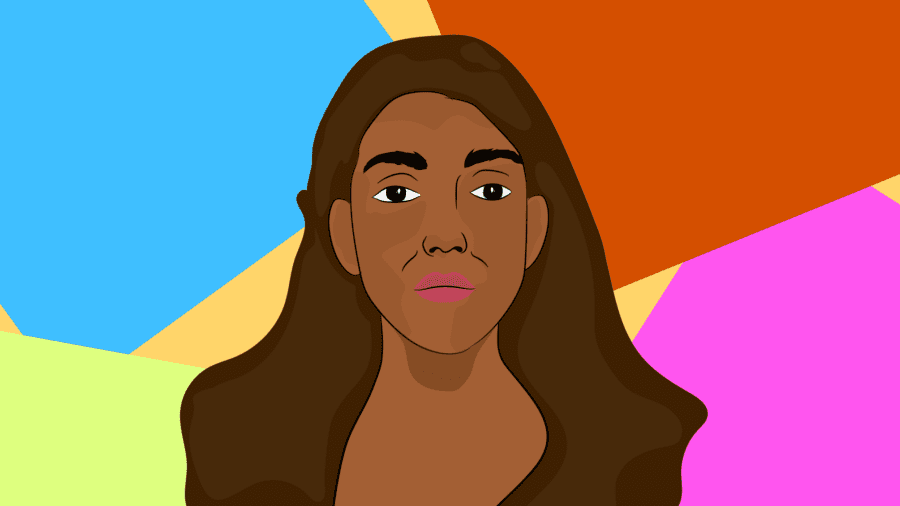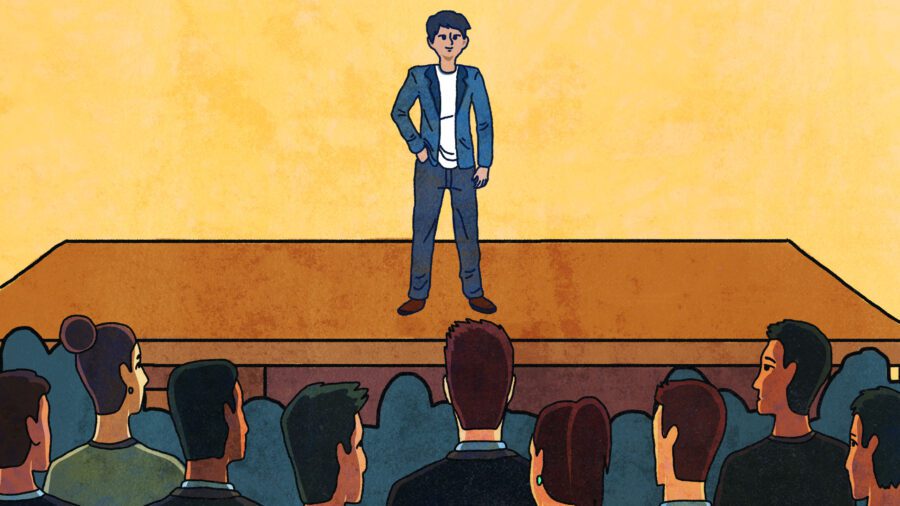
Design Thinking 101: The 5-Phase Process and Why It Matters for Your Professional Development
Do you ever give in to analysis paralysis?
It’s so easy to get stuck in our heads when faced with a challenge, especially if it’s related to big life questions like fulfilling our life purpose or deciding how we want to live our life. These big topics are complex and nuanced. They don’t follow a linear path, and they typically can’t be solved in a straightforward way.
There’s a big difference between having a simple problem like “I want to make more money” versus “I want to make more money while doing a job that I feel is my life purpose and still have scheduling flexibility and benefits.” The first one is easily solved by asking for a raise or looking for a higher-paying job. The second one, however, is much harder to tackle and may get so overwhelming that we end up procrastinating.
Design Thinking is a business technique that’s useful for such complex problems. It’s uniquely beneficial to these types of issues because it encourages creativity, out-of-the-box thinking, and imagination. As a plus, it forces you to take action.
You can apply Design Thinking to your own life, including your career progression and vision. Doing so may just make the difference between feeling defeated in the face of a challenge and finding that you have more internal and external resources to overcome it than you thought. In this article, you’ll learn about Design Thinking tools that can help you maximize your potential and get on your path to greatness sooner rather than later.
What Is Design Thinking?
Design Thinking is a business technique and ideology for solving complex — termed “wicked” — problems in a user-centered, creative way.
The ideology acknowledges that certain challenges aren’t easily solved or even defined. Traditional and routine methods of problem-solving won’t work for them. However, most folks in business settings veer away from progressive approaches as they seem risky. The Design Thinking process liberates them to be imaginative and experiment, testing things out until coming up with the best solution.
The five steps in Design Thinking are: Empathize, Define, Ideate, Prototype, and Test. The goal is to connect with the customer through empathy, define what they need, then brainstorm, test, and evolve the approach. These categories align with business objectives, yet they translate well for individuals and can be used to tackle any complex problem, like understanding your life purpose and career.
Design Thinking works on teams because it fosters innovative thinking, imagination, and action, and it can work for you for the same reasons. Let’s take a look at Design Thinking in the context of your career development and see how you can make the process work for you.
Empathize
When it comes to business, the first step in the Design Thinking process is all about empathizing with and understanding customer needs. When it comes to yourself, it’s about empathizing with and understanding your own needs. What feelings have you been having about your current career state? Maybe you’re feeling restless or overworked — why is that?
Identify how you want to feel in a career. What are your non-negotiables? Sit down and get real with yourself about what makes you happy. Maybe you value your freedom and your free time, having the ability to work from home and make your own schedule. Maybe you need benefits like maternal and paternal leave and great health coverage. Or perhaps you need to be lit up and fulfill your life purpose to be happy in your professional life.
What we value is dynamic, and if you haven’t sat down with yourself and answered questions like these for a while, you may find a lot has changed. That’s why this first step is so important. It fosters deeper self-connection. Take time to ask yourself what it is you need, so you can better meet those needs. No one else will do it for you.
Define the Problem
Now that you’ve gotten to know yourself better, it’s time to tackle what’s in your way. To do that properly, you need a clear idea of what that is. It’s important to go beyond the surface at this stage. Be specific about what the issue is, and reframe it if necessary.
For example, don’t just say you want to “follow your passion. ” Lay out exactly what it is that’s fulfilling to you, like creativity or being of service to others through your skill set. It’s also important to make problems actionable. Maybe your thoughts around the problem go like this: “This job isn’t what it used to be. It’s gotten bigger and more corporate, and I no longer feel visible here.” It’s unlikely that you can change the culture at your job. Therefore, turn your focus to what you can do: Find a new position.
It’s also important to be realistic. For example, if you’ve always dreamed of being an actor, but you haven’t taken lessons since college, just bought a house, and have kids on the way, it’s likely not actionable (though you never know!).
Join In 200 Million+ On The Journey to Greatness
Brainstorm
This is hands down one of the best parts of design thinking! The brainstorming stage is where you get to let your imagination fly and be creative. Remember, design thinking is a way of working through problems that take you out of the box. You’ve had to keep your problem actionable, but when it comes to solutions, you can let your imagination fly.
For example, maybe you want to travel for a year, but you’re still paying off your car, and you don’t have a fancy corporate gig that includes travel. Maybe you can’t even teach English abroad since you don’t even have a degree. But what about working as a tour guide? How about being a nanny or au pair? How about online admin or online sales jobs? Have you considered house sitting or pet sitting? You may find that there are more work opportunities that allow you to travel than you’d ever thought possible.
In business settings, brainstorming sessions can easily fizzle out when people start pitching ideas that seem too far-fetched. Don’t take the wind out of your own sails. Say yes to ideas more often than you say no.
Try Things Out
Now that you’ve got loads of ideas, it’s time to do a little experimenting. In business settings, this phase would involve making prototypes and testing them with consumers. In your personal and professional life, this involves conducting mini-tests yourself. This approach is what makes design thinking so unique: it’s about taking action. Don’t succumb to analysis paralysis. Being stuck in indecision is a decision in itself — the decision to stay stuck.
Let’s look at our travel job example. To experiment, you might sign up for a nannying or au pair website and even do a local gig to see how it goes. You might try your hand at local pet sitting, join Facebook groups of traveling house sitters and ask questions, or try out a short-term admin gig. If something doesn’t work out — no big deal. It’s just an experiment. The point is not to be harsh with yourself if you realize your idea wasn’t “good.” You’re just getting information about what works for you and what doesn’t.
Evolve and Iterate
Since this is a process of trial and error, you’re going to be making adjustments as you go. Now that you’ve done some testing, it’s time to evolve.
Maybe you realized that pet sitting is too messy for you, and the idea of being glued to a screen all day processing paperwork is already making you squirm. But you realize you love kids! You can now start looking at which countries offer nannying work. As you do so, maybe you realize that support for nannies isn’t the best in some countries, so you refine where you look.
Let’s take another example. You’re an elementary school teacher who’s tired of teaching but loves fitness and wants to bring that passion to kids. In your brainstorming sesh, you came up with teaching PE and took action by observing some classes. You realized that idea was a big no because it seemed way too stressful. How about starting a yoga-for-kids business? How about teaching online kids yoga classes as you get your business set up?
As you can see, just by being open to the one possibility that ended up not being the right fit, you’ve now found solutions you never saw coming. That’s the beauty of design thinking: You’re getting forward momentum and liberating yourself from perfectionism and risk aversion — the enemies of greatness.
You Can Problem-Solve with Design Thinking
In the game of life, we often have to play big in order to have big wins. For many of us, big wins include having a truly meaningful career and a purpose-filled mission. But having both of those in the real world isn’t always straightforward. When we have bills to pay and limiting life circumstances to contend with, we may end up feeling powerless or stuck.
The Design Thinking process acknowledges these realities and offers a simple framework to help you move forward. It liberates your imagination and creativity and provides safe, simple ways to test them out. Use the process to discover possibilities you never dreamed of and get started on your path to greatness!
Greatness Authors
Greatness Authors is a collection of writers, thinkers, curiosity experts, and students of the world who are committed to bringing you the most up-to-date, impactful, and inspiring information surrounding Greatness topics.

Redefining Poetry: How Instagram Sensation Rupi Kaur Showed That Poetry Is for Everyone

The Young Professional’s Guide to Advocating for Yourself at Work & Setting Healthy Boundaries

Olympian Yusra Mardini’s Incredible Story of Resilience, Rescue, and Refugee Rights

A Beginner’s Guide to Effortlessly Attracting Money and Growth Opportunities

Psychologist Edith Eger’s Inspirational Journey to Find Forgiveness and What It Means for You










